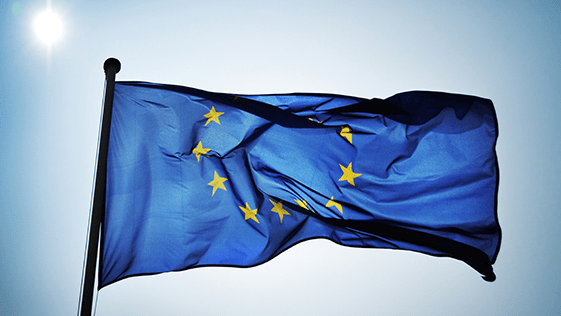June 2024 marked an important step in the transition to a more democratic energy system, both in the EU and in the Netherlands. New legislation was passed to shape our future energy markets. Today we analyze the key provisions around “energy sharing” and “energy communities,” and discuss the differences between the new Dutch Energy Act (passed in the Lower House, yet to be debated in the Senate) and the European Market Design Directive 2024.
🌐 Energy sharing becomes a right:
EU: Energy sharing becomes a right for all citizens, as well as SMEs and public authorities. EU legislation allows active customers with an installed capacity of renewable energy below 10.8 kW (households) and 50 kW (apartment complex) to share energy without being bound by the strict rules for energy providers.
NL: Energy sharing is also becoming a right in the Netherlands.
⚡ Free choice of energy supplier:
EU: Free choice of supplier in energy sharing. Energy sharing thus takes place outside the regular market.
NL: No free choice. Energy sharing happens within the current market structure, and is only allowed through the same energy supplier.
🔄 Ways of sharing energy:
EU: Energy can be shared based on static sharing keys, dynamic arrangements or other methods. Energy should be shared within 15 minutes, requiring simultaneity of generation and consumption.
NL: Dutch law does not specify distribution keys and leaves this to the energy suppliers. Again, the 15-minute period applies.
💸 Network tariffs :
EU: Cost-reflective network tariffs will apply, allowing lower tariffs for locally shared energy.
NL: Full network tariffs and taxes will be charged regardless of the distance between energy sharers.
🤝 Organization of energy sharing :
EU: The new role of ‘energy sharing organizer’ (ESO) is created, this enables energy sharing outside the existing market.
NL: This role initially lies with the energy supplier, which means that energy sharing will continue through the current market structure.
🌍 Locality of energy sharing :
EU: Member States can set their own limits on the locality of energy sharing.
NL: No specific limits are set, but government may limit locality in the future.
🚫 Discrimination against energy sharers: Both EU and the Netherlands prohibit discrimination against energy sharers, crucial to prevent surcharges that make energy sharing unattractive.
⚖️ Energy Justice :
EU: Energy communities and ‘energy sharing projects’ – in which (local) governments participate – should do the maximum to ensure at least 10% of shared energy accrues to vulnerable groups and people living in energy poverty.
NL: The new Dutch energy law lacks provisions on energy justice.
📊 Share Practices Network Rates Energy:
Energy sharing is already possible in Austria and Belgium. What is interesting in the implementation in these countries is that the more locally energy is shared, the lower network tariffs are charged for shared energy. For example, in Brussels you pay only ~2 cents for network use if you share energy within the same building.
📝 Conclusion:
The new Dutch Energy Act largely follows the EU directives from 2019. However, between the most recent EU directive from June 2024 and the new Dutch energy law, there is still a lot of discrepancy. While the new Energy Act in the Netherlands is a big step forward, for the Dutch it is still waiting until, for example, there is free choice of energy supplier for energy sharing, in addition, it will be interesting how network tariffs and taxes will be handled on the congested Dutch energy network in order to stimulate local sharing and simultaneous use of energy.
Link to both legislations:
New Dutch Energy Law https://www.eerstekamer.nl/9370000/1/j9vvkfvj6b325az/vme0g1k12yyv/f=y.pdf
EU EMD Directive: https://data.consilium.europa.eu/doc/document/PE-2-2024-INIT/en/pdf
#Energy law #Energy sharing #Energy communities #Sustainability #EU #Netherlands #EnergyTransition #GreenDeal

